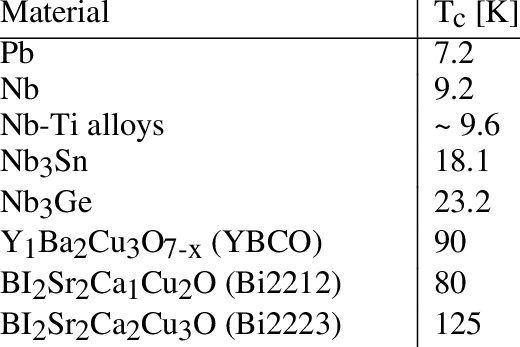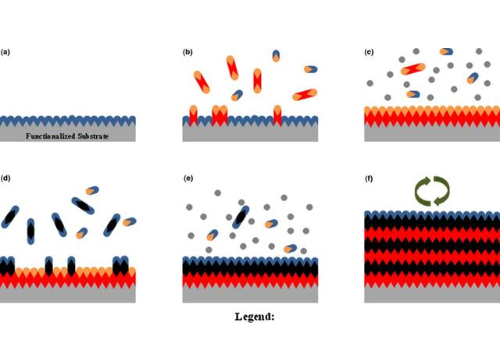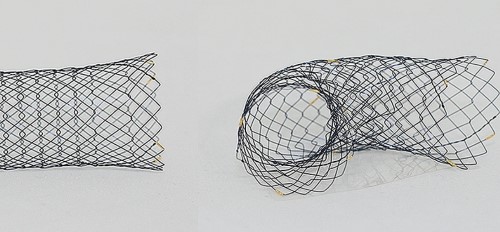How Are Tungsten Alloys Used in the Aerospace Industry?
Tungsten alloy is a kind of alloy based on tungsten (85% ~ 99% tungsten content), and a small amount of Ni. Cu, Fe. Co. Mo, Cr, and other elements are added. Its density is as high as 16.5 ~ 18.75g/ cm³. Thanks to their excellent chemical and physical properties, tungsten alloys enjoy a wide range of applications in many fields. And tungsten alloys are best known for their applications in the aerospace industry. But how are tungsten alloys used in the aerospace industry? In this article, we will try to answer this question.

How Are Tungsten Alloys Used in the Aerospace Industry?
Tungsten Alloy Counterweight
In the aerospace industry, the counterweight is often placed in a limited space. As the size of the counterweight is greatly reduced, more weight distribution needs to be controlled per unit volume. The tungsten alloy counterweight parts increase the sensitivity of the control mechanism and keep the aircraft operating within acceptable limits.
Vibration in the dynamic components of aircraft engines and propeller propulsion systems is highly undesirable, and a large number of counterweights can be used to reduce or eliminate the vibration caused by the mass imbalance of external rotating parts.
In addition, the counterweight is incorporated into many high control systems designed for propellers as a failure protection mechanism. In the flight, propellers are hydraulically controlled to maintain the correct Angle, while flight surfaces such as elevators, rudders, and ailerons are often optimized for performance using counterweight parts.
Tungsten alloys offer several advantages over traditional counterweight materials such as lead or steel. The high density of tungsten alloys allows for the use of smaller components, reducing the overall system size. Unlike lead, which can creep at room temperature, tungsten alloys are stable and can be used to emphasize the part of the machine that operates without the need for additional fabrication and packing.
Tungsten Alloy Rotor Blade
Applications of tungsten alloys in the aerospace industry include a wide range of counterweights for satellite and helicopter rotor blades, missiles, and aerospace gyro control. These materials are also used in the cockpit to increase the vibration-warning control required, as opposed to anti-vibration. Similarly, the flight fly-by-wire system introduced a small batch of tungsten alloy into the flight control joystick to increase inertia, thus rediscovering the "feel" associated with the elevator and ailerons under conventional control.
In addition to being used for counterweights, tungsten alloys can also be used for aircraft manufacturing and maintenance business. To reduce vibration caused by riveting guns, adding a tungsten alloy bucking bar is also required to absorb external forces. Vibrations may damage the user's nerves, muscles, and bones, causing carpal tunnel syndrome (white fingers). Many airlines now use tungsten alloy bucking bars to reduce the impact of vibration.
One of the major needs of today's aerospace industry is to accelerate the growth of long-haul passenger and cargo transportation while reducing fuel consumption and pollution. Products and components made of high-performance tungsten alloys are critical for future large civil aircraft, supersonic aircraft, and high-performance aircraft. Heat-resistant materials could lead to improvements in propulsion systems such as aircraft and rocket propulsion turbines, as well as in the outer thermosphere structure of hypersonic aircraft.
High-end materials can reduce the consumption of oil and increase the inlet temperature of natural gas turbines, which will greatly contribute to the energy efficiency of aerospace. Materials must be resistant to high requirements such as hot gas corrosion resistance, low expansion, high creep resistance, and superior fatigue resistance. Due to the excellent mechanical and physical properties, refractory metals from Stanford Advanced Materials (SAM) are most suitable for the manufacture of combustion propulsion nozzles for satellites and other spacecraft.
Conclusion
Thank you for reading our article and we hope it can help you to have a better understanding of how are tungsten alloys used in the aerospace industry. If you want to learn more about tungsten and tungsten alloys, we would like to advise you to visit Stanford Advanced Materials (SAM) for more information.



